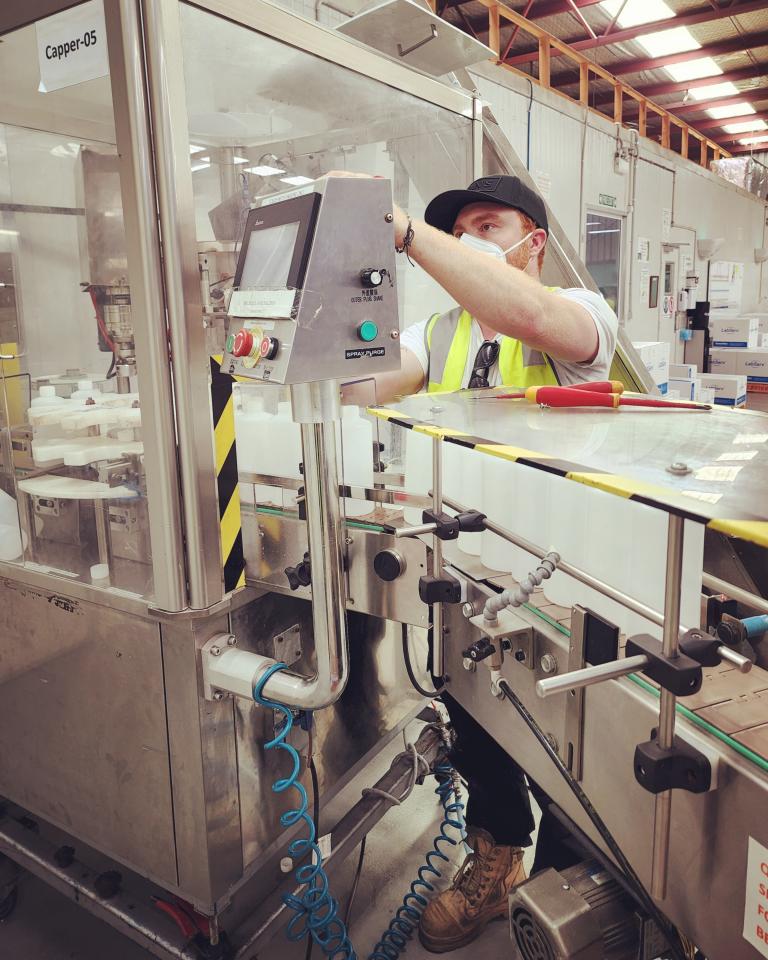When a machine gets to an age that has you sitting back wondering if you should repair or replace it, consider this, does it really need replacing? Or has the new age of technologically advanced machines dug its way into your mind?
Manufacturers often have good reasons to replace outdated machinery, some factors that lean them towards replacing rather than retrofitting might be, power efficiency, volumetric output, increased safety, reliability, or cost to replace compared to retrofitting.
A good time to replace
A good example of a replace over retrofit would be a CNC milling machine, the cost to retrofit an old machine with new motors, VFD’s, NC control unit, sensors and cabling to compete with a replacement, would be a grand expense, but still cheaper than buying a new machine, however you would still have an old designed CNC milling machine and when it comes to CNC machines, design has come a long way.
A good time to retrofit
Let's say you have a dedicated machine that has been custom built for doing a job, you cannot just replace it via a direct purchase, it was built to do a specific job for your business, and to replace it would mean a complete redesign of the machinery and a long wait time for it to be custom built. Another example would be a machine that only requires a few items to be upgraded to satisfy requirements and a complete replacement would be costly and unjustified.
The choice is yours
By choosing a New Zealand company to retrofit your machine you are supporting Kiwi’s, ranging from local suppliers to the children of the employee that helps to rebuild it.
A retrofit success story
A large international company that prides itself on producing some of the best science, medical and research products on the market faced a problem.
They had petri dish packaging machines that were custom built in house, and were roughly 20 years old, they play a big role in the packaging department, without them, each and every dish would have to be loaded into packaging sleeves and then boxed by hand. The early talent that built these machines had moved on, and after a long search, a replacement machine could not be found.
EMS Electrical Services used its industry-based skill to design and replace the PLC control system, the entire control cabinet, cabling, sensors, and solenoids all while adding important safety features to the machine which brought it up to modern safety standards. The machines had fresh new PLC programming which meant that every bit of efficiency could be squeezed out of the machines.
This resulted in a much cheaper, quicker but still highly functional solution for the company.






